
9,850 Scale Images, Stock Photos & Vectors Shutterstock
In this section of the Year of the Solar System guide, the nine sets of problems call for students to use proportions, unit multipliers, scientific notation, and geometry to determine travel times to the planets and calculate distances and sizes of planets. Students also calculate scaled models of planets. Scale of the Solar System [671KB PDF file]

FileSolar SystemScaled Size & Scaled Distance.png Wikimedia Commons
Graphic depiction of Solar System-Scale VLBI to Dramatically Improve Cosmological Distance Measurements. Matthew McQuinn. Matthew McQuinn. University of Washington, Seattle. Measurements of the distance to extragalactic sources allow us to infer the major energy constituents of our Universe. Two decades ago such measurements revealed that most.
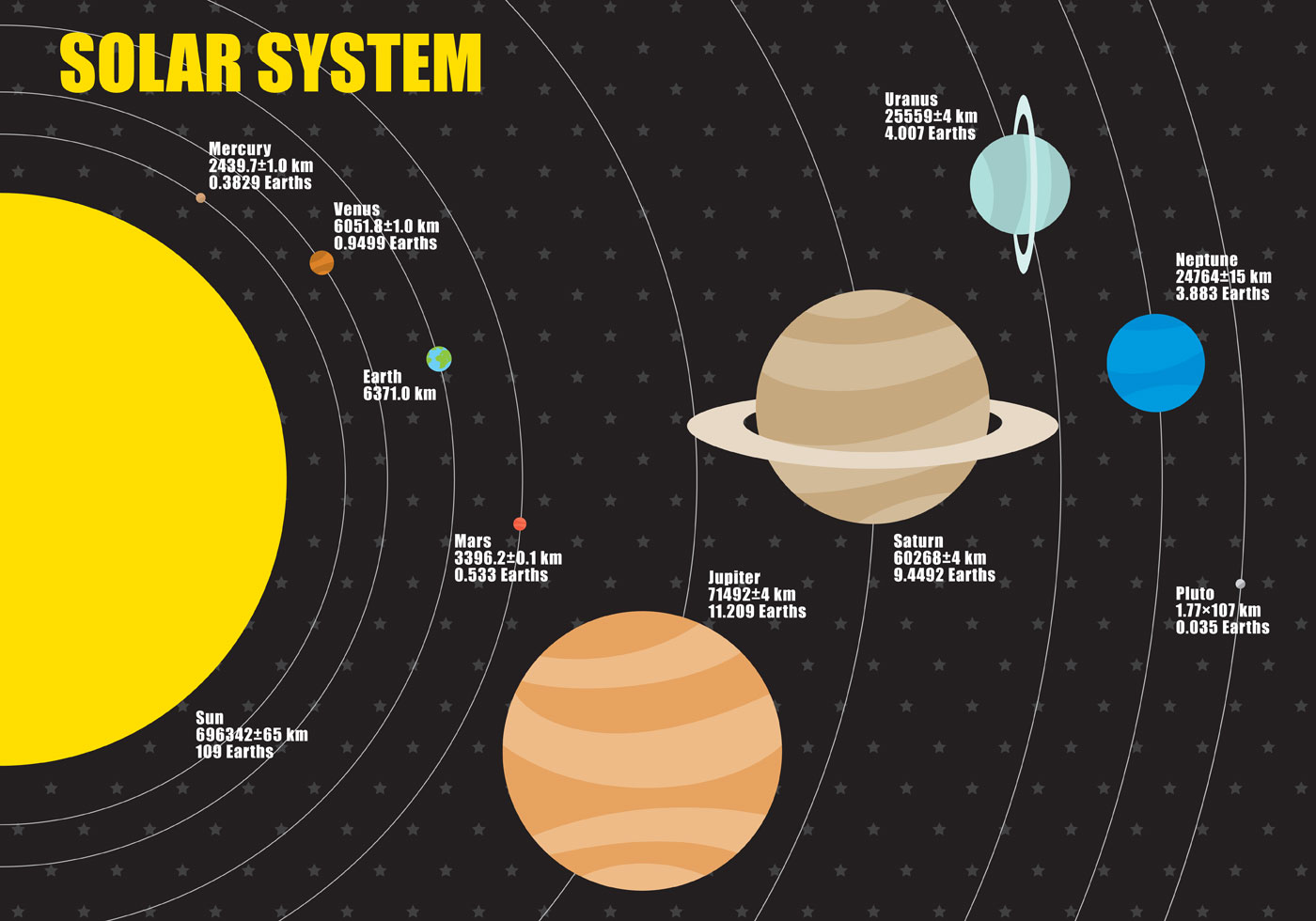
Sizes Infographic Vector 94799 Vector Art at Vecteezy
The only collection of the real true to scale Solar System planets that has ever existed. Meet AstroReality at SETI Institute The first Solar System to Scale model ever made is now the centerpiece of the SETI Institute visitor center in Mountain View, California. The SETI Institute is the premier non-profit space science research organization.

size actual from Radical cartography Solar system to scale, Solar system
The Planets to Scale July 5, 2012 Chris Blog A graphic showing all 8 planets in our solar system, Mercury through to Neptune, to scale where one pixel = 279.6 km. Scales were worked out with this very useful solar system scale calculator. Find out more about the planets on the Planet Facts page. Get the poster!
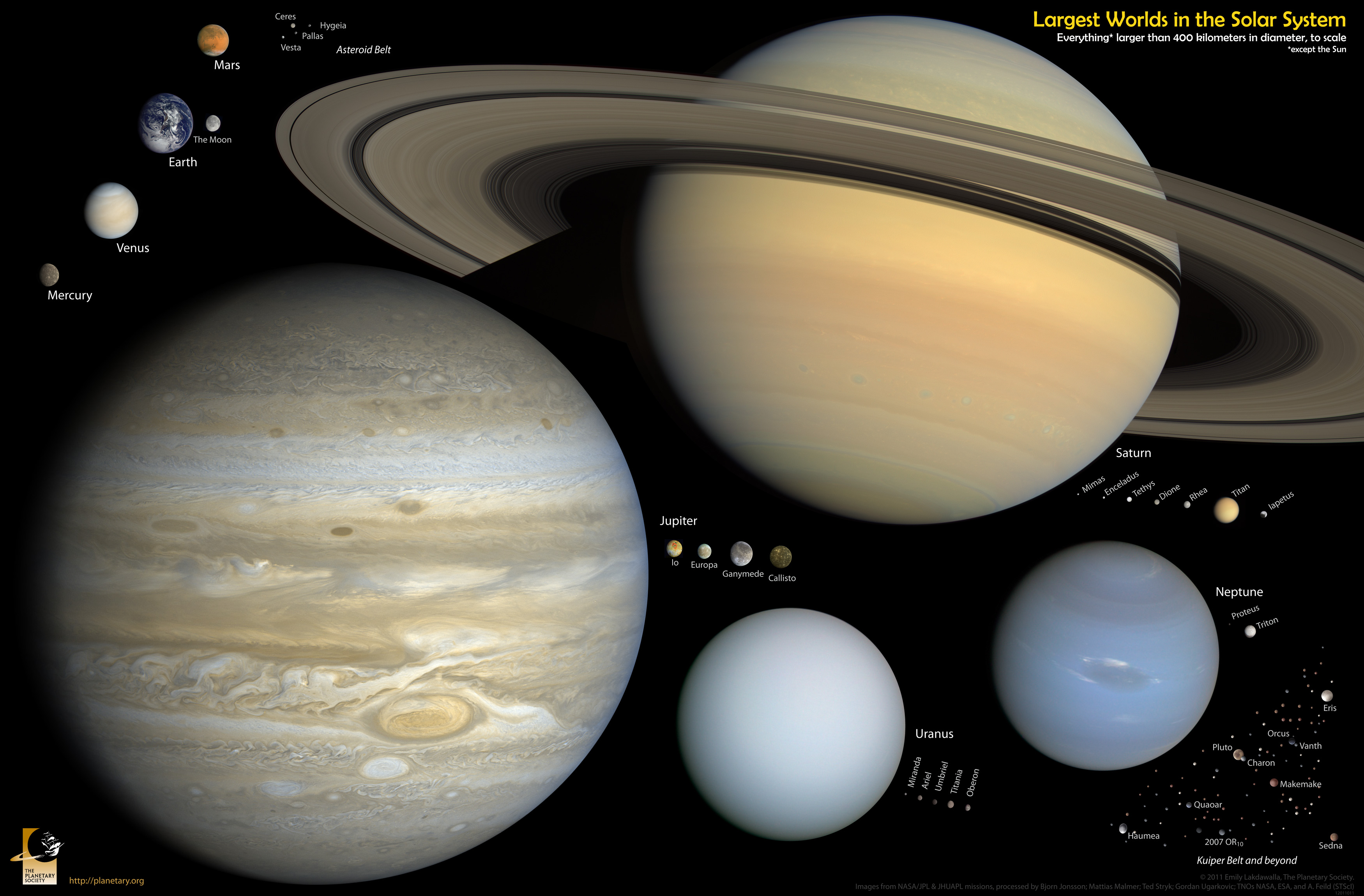
The scale of our solar system The Society
Distance from the Sun to planets in astronomical units (au): Planet Distance from Sun (au) Mercury 0.39 Venus 0.72 Earth 1 Mars 1.52 Jupiter 5.2 Saturn 9.54 Uranus 19.2 Neptune 30.06 Diameter of planets and their distance from the Sun in kilometers (km): Planet Diameter (km) Distance from Sun (km) Sun 1,391,400 -
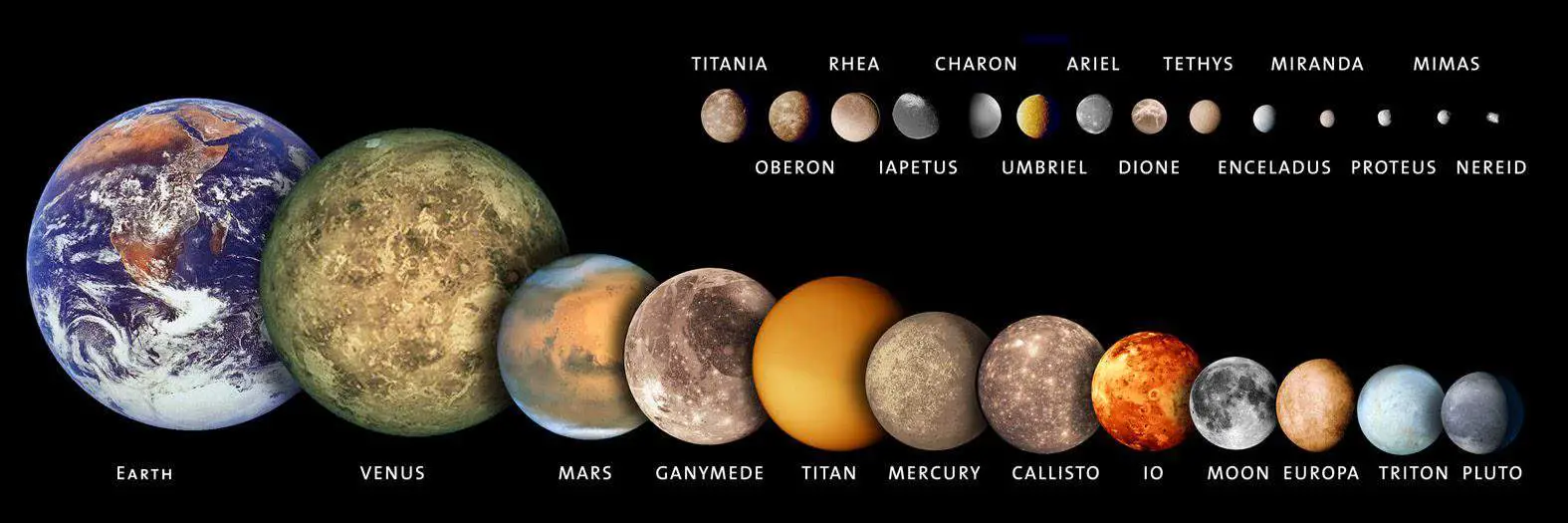
Size comparison of the Sun and the Our
A model of the 8 planets of the solar system to true scale to one another. Much as in reality, the majority of the set's volume & mass is dominated by the gas giants with the terrestrial planets making only a partial handful of objects. In addition the gas giants feature their equatorial deformation to scale, repro

Get Solar System Sizes Background The Solar System
Description It's often hard to fully grasp just how big the planets in the solar system are. 1.3 million Earths could fit in the Sun, but that is hard to picture. A good way to help with this problem is drawing the planets to scale. This dataset has the Sun as the background and then has a picture of the solar system drawn to scale.
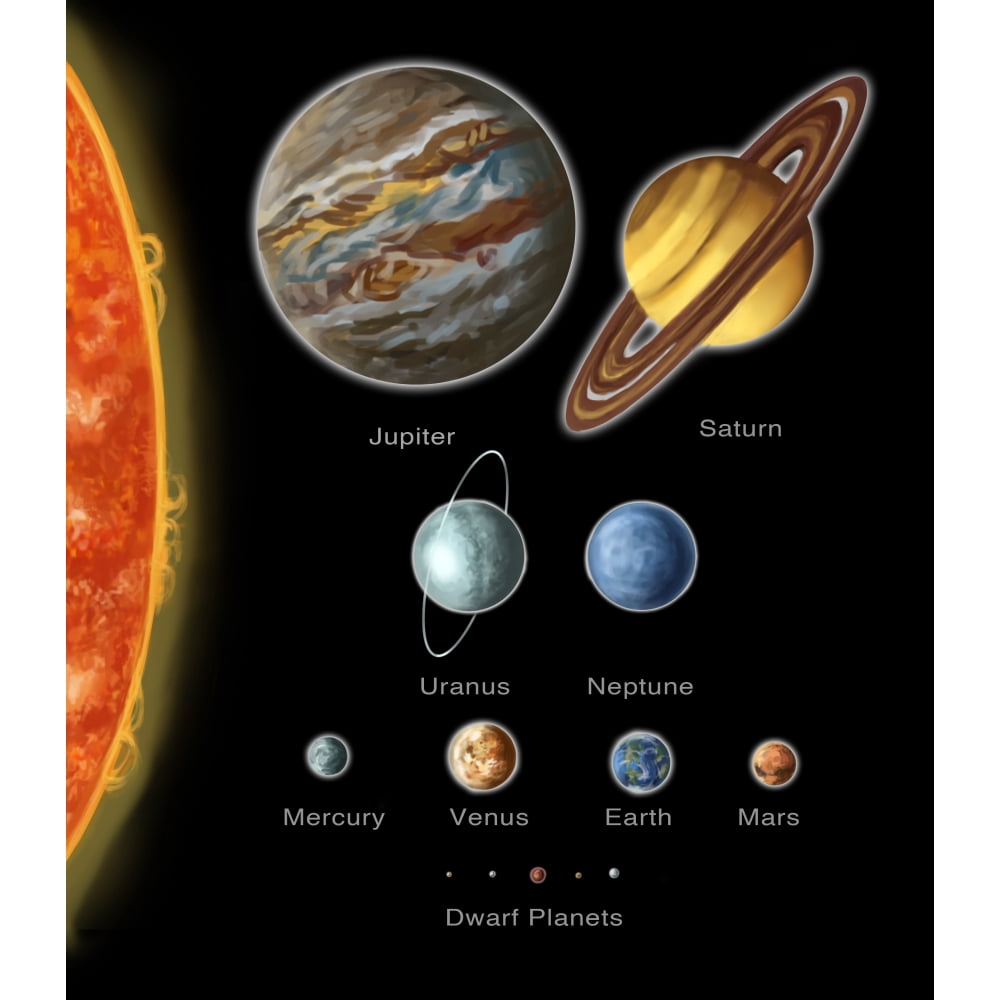
Relative Size of in Solar System Poster Print by Spencer SuttonScience Source Walmart
View the solar system to scale This website aims to put our solar system in to perspective. Everything on this site is to scale, including the planet sizes and distances between them. All sizes are calculated based on the Sun having a 650 pixel diameter. Try scrolling down to find a planet in the vastness of space within our solar system.

IN ORDER Lerne Sefe
Solar System Scale Model Calculator Solar System Model Inputs Calculate the scaled planet diameters and planet-sun distances for a solar system model. Enter scale or diameter or distance, select to show table and/or map below, select options, then press Calculate.

Eight + the only two mapped dwarf Objects are to relative scale in size
Build a Solar System Make a scale model of the Solar System and learn the REAL definition of "space." © 1997 Ron Hipschman. To Do and Notice Fill in the diameter of the Sun you want your model to be scaled by. You can fill in either the red bordered inches box or the green bordered millimeters box. Important: Only fill in one box.
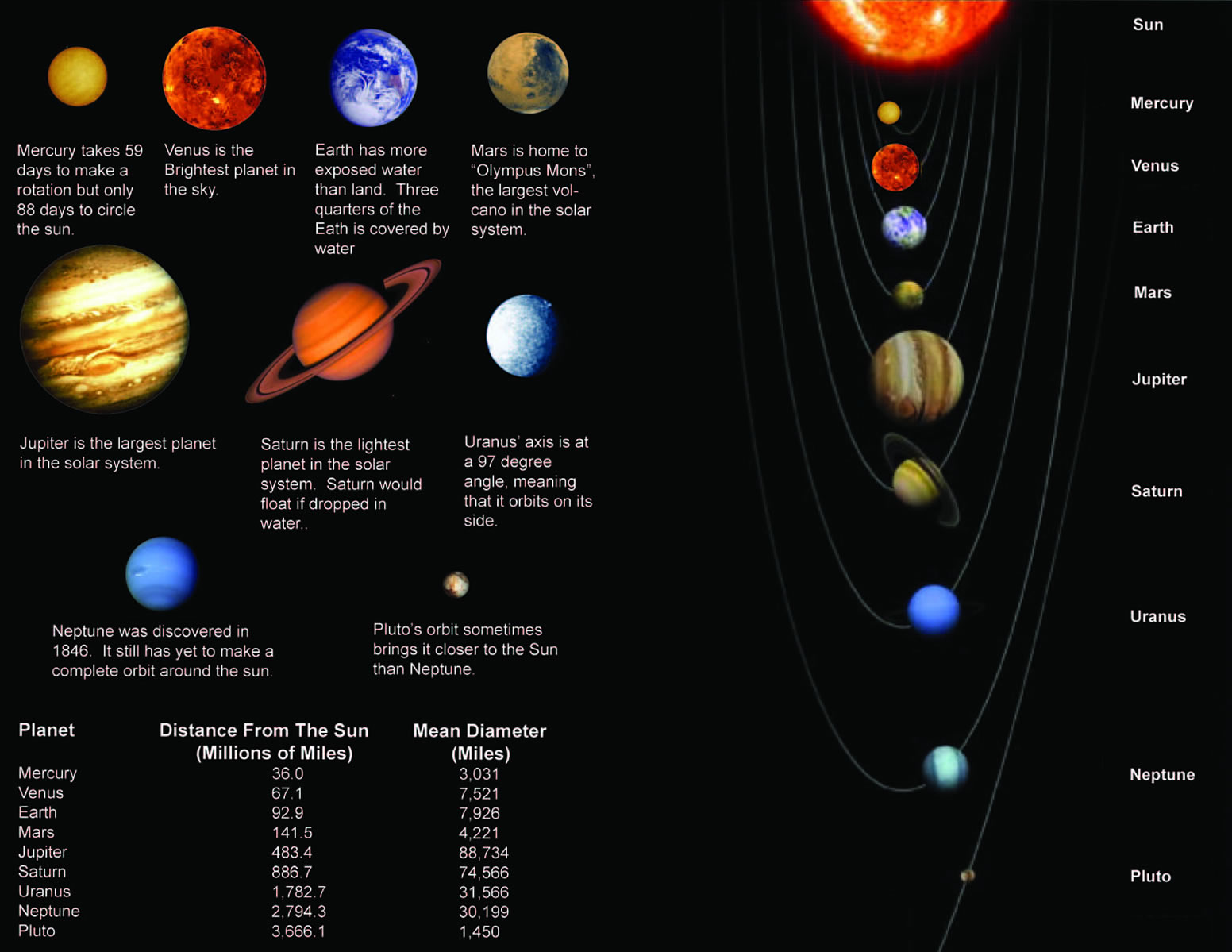
The Size Comparison
In our solar system, that star is known as the Sun and the planets are Mercury, Venus, Earth, Mars, Jupiter, Saturn, Uranus and Neptune. The solar system models you've seen before probably don't show how much bigger some planets are than others, or, more importantly for space travel, how far away the planets are from the Sun and each other.
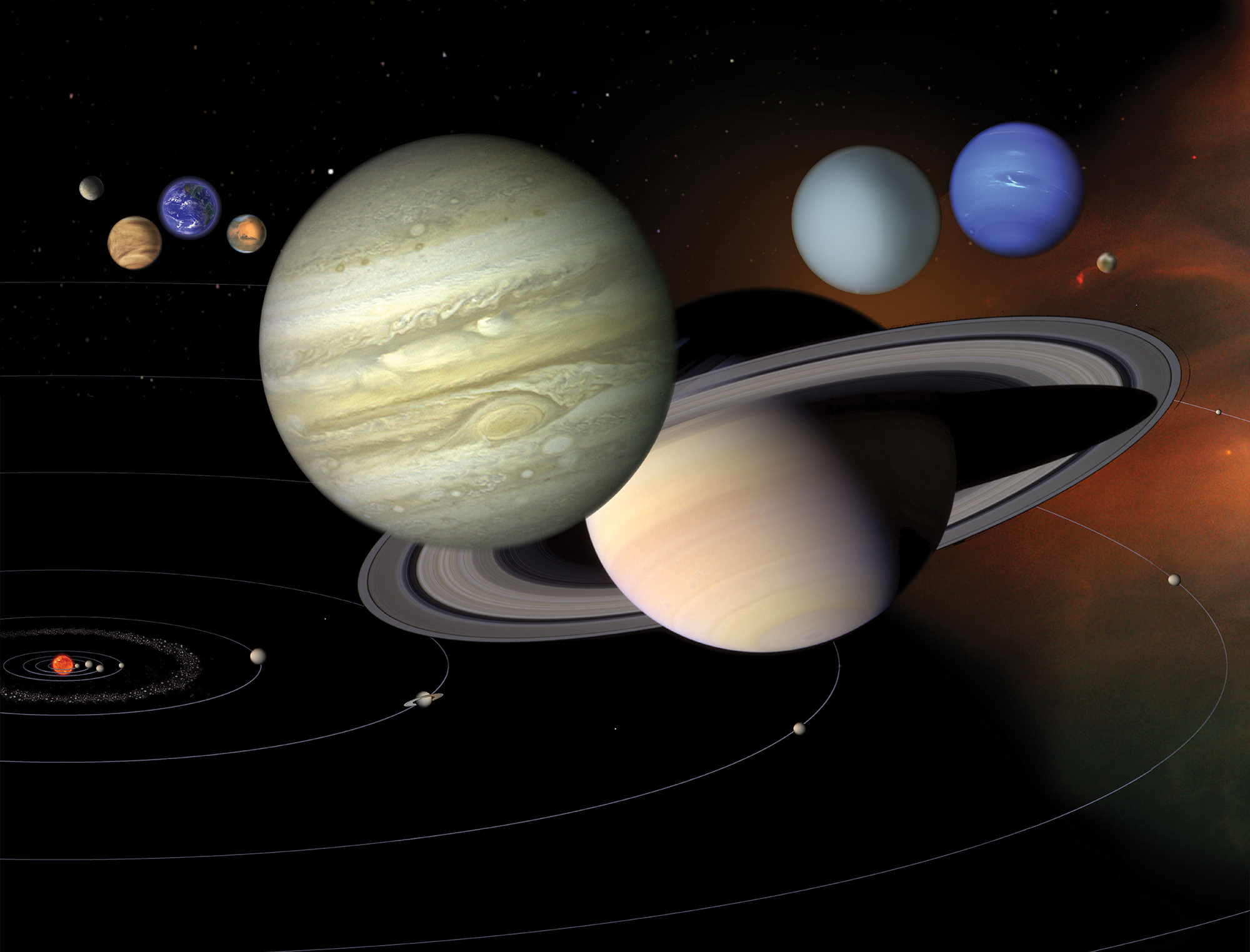
of the Solar System Scienceworks
An AU is the average distance between the Sun and the Earth, ~150 million km. At this scale, 1 AU = 270 m = ~1/4 km = ~355 paces. A light-year is a unit of distance, equal to the distance light travels in a year. This is just under 10 trillion kilometers. Actual distances and diameters have been rounded.

How To Learn In Order INFOLEARNERS
A spreadsheet multiplication formula follows this format: =B3*10, where B3 is the cell with a planet's au distance and 10 is the scale value. B refers to the cell column and 3 refers to the cell row. + Expand image. Students should enter formulas in the other cells to determine the scale distance to each planet.

This figure represents 3 of the 4 terrestrial 2 dwarf and 12 of the 19
Observe a team as they build an accurate scale model of the solar system on a dry lakebed in Nevada in this video from Wylie Overstreet and Alex Gorosh. Use this resource to visualize the abstract concept of the size and scale of the solar system and to develop and use models. Support materials include: Background Reading, Teaching Tips, and Discussion Questions.
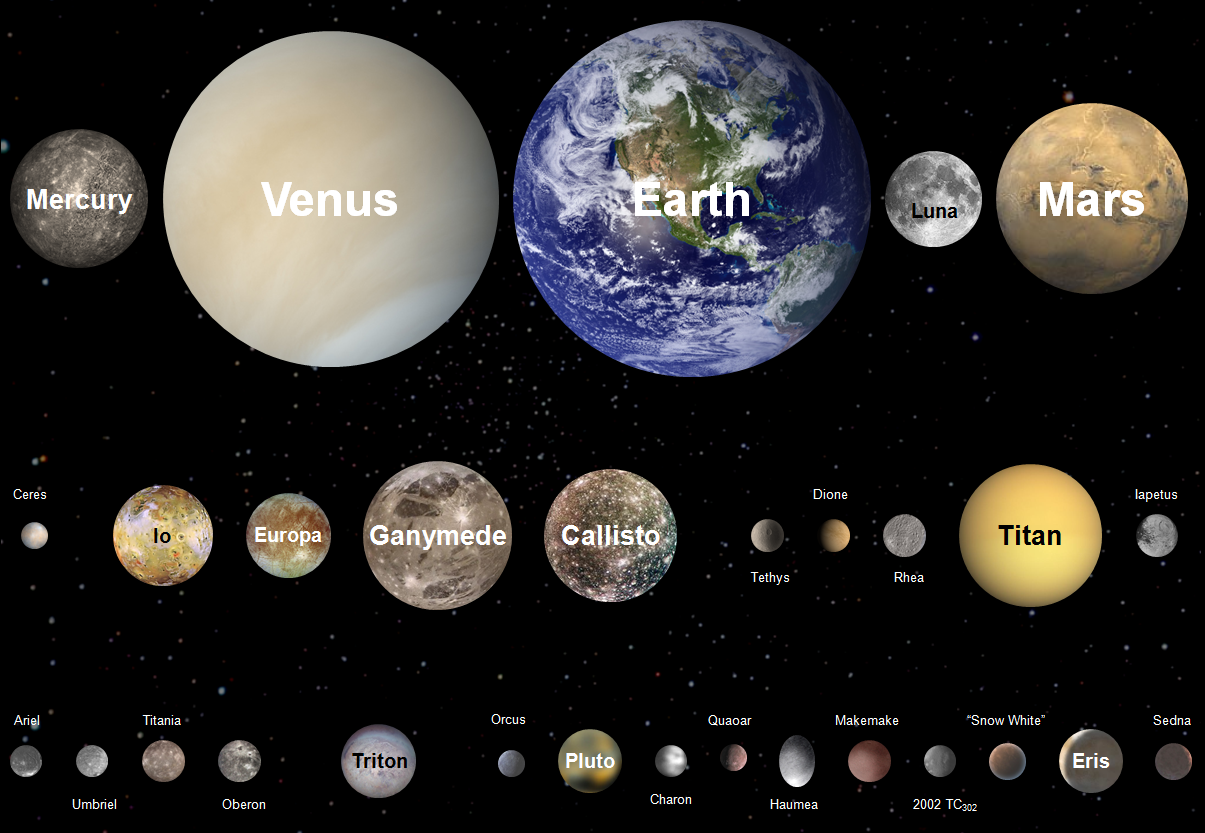
Alien Robot Zombies More size comparisons part 1
Solar System to Scale Sun is scaled one meter (39") in diameter Actual Size of Sun: 1,391,000 km (864,000 mi) AU ("Astronomical Unit") is the average distance between the Sun and Earth: 150 million km (93 million mi) A little more than 100 Sun diameters will span the distance of one AU Neptune Actual Size: 49,500 km (30,800 mi) diameter

The Solar System Modeling the relative sizes of the Perkins School for the Blind
Distance between planets is not to scale. Compare sizes for the planets and sort them by order from the Sun or by size. Planets' size, mass, and gravity. Number of moons, distance from the Sun and Earth, and composition.